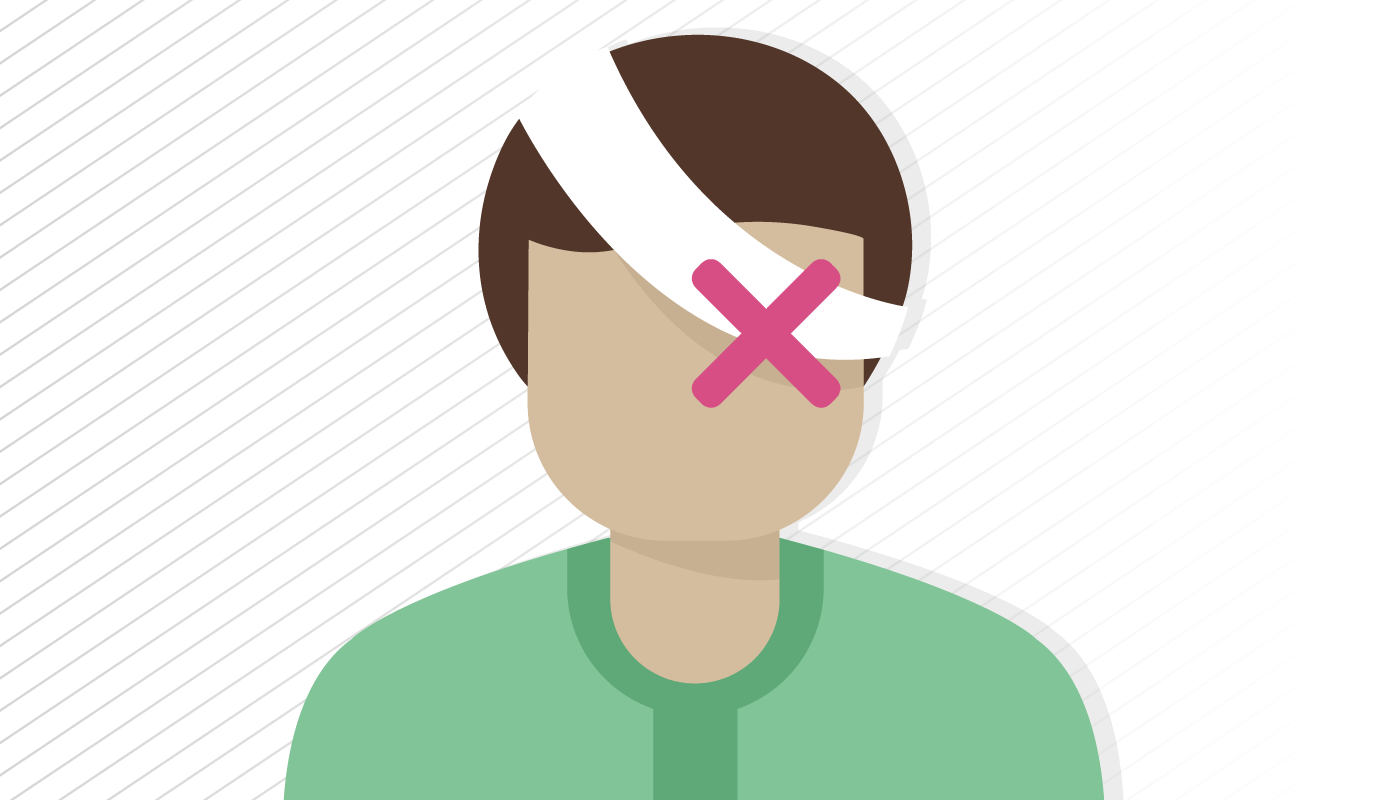
The Beirut Port explosion in Lebanon on August 4, 2020, caught the world’s attention. The immense suffering caused by this explosion is still being felt over a year later – with eye injuries one significant consequence of the incident. Ophthalmologists working in Beirut have characterized these injuries, finding that all were caused by glass fragments secondary to the explosion and mostly to people within 500 metres of the epicenter (1).
Initial BCVA assessment found that 91 percent of affected eyes could only distinguish close hand movement or worse but, after six months, 65 percent of eyes still had a BCVA below 20/200. For the remaining 35 percent, six-month BCVA correlated with a high zone of injury, low ocular trauma score, expulsive loss of intraocular tissue, and retinal detachment.
Researchers conclude that education on how to protect eyes during an explosion should reduce the risk and severity of ocular injuries. The most important precautions? Keep away from windows, cover eyes, and install tempered glass if possible.
References
- G Sukkarieh et al., Injury, 52, 2601 (2021). PMID: 34332709.
